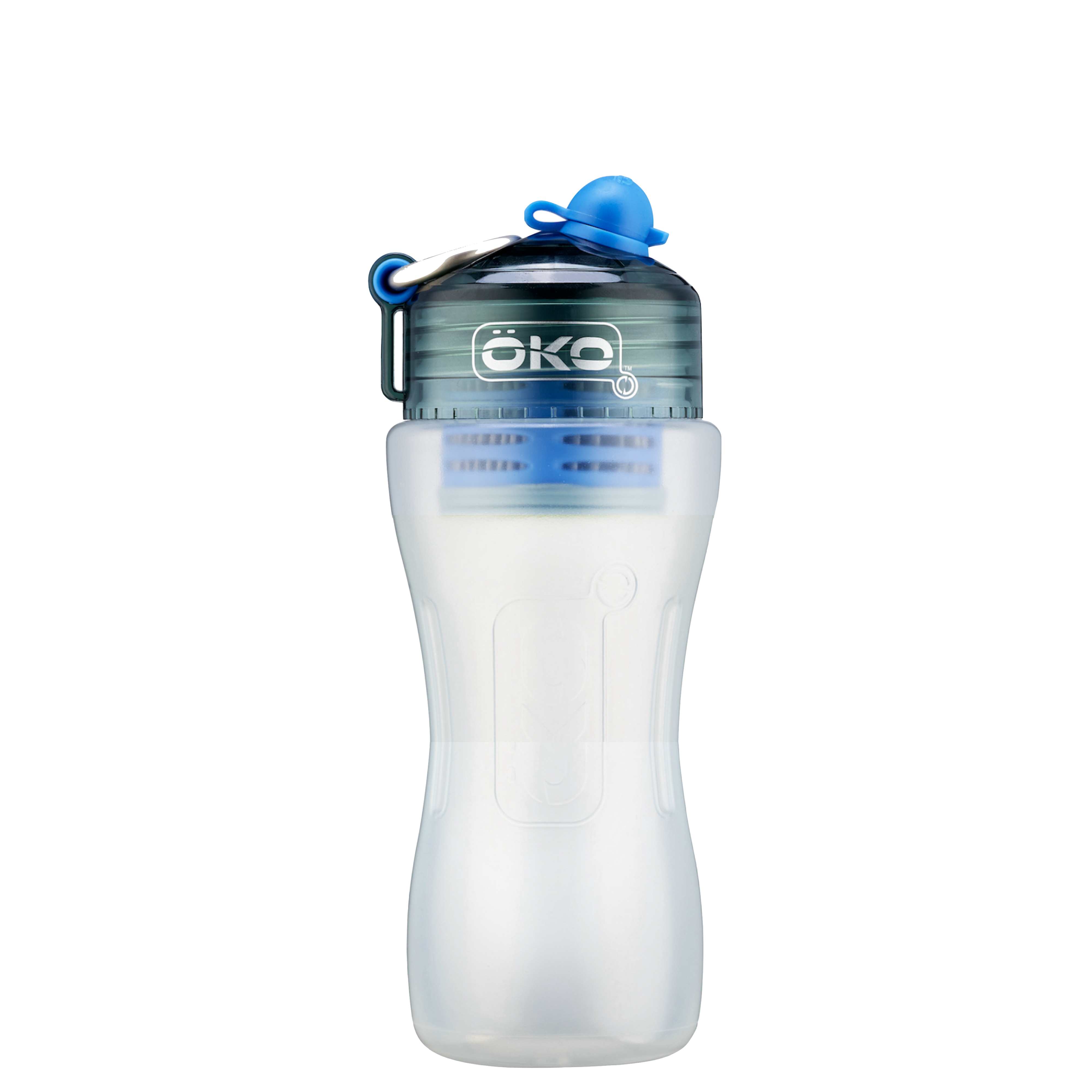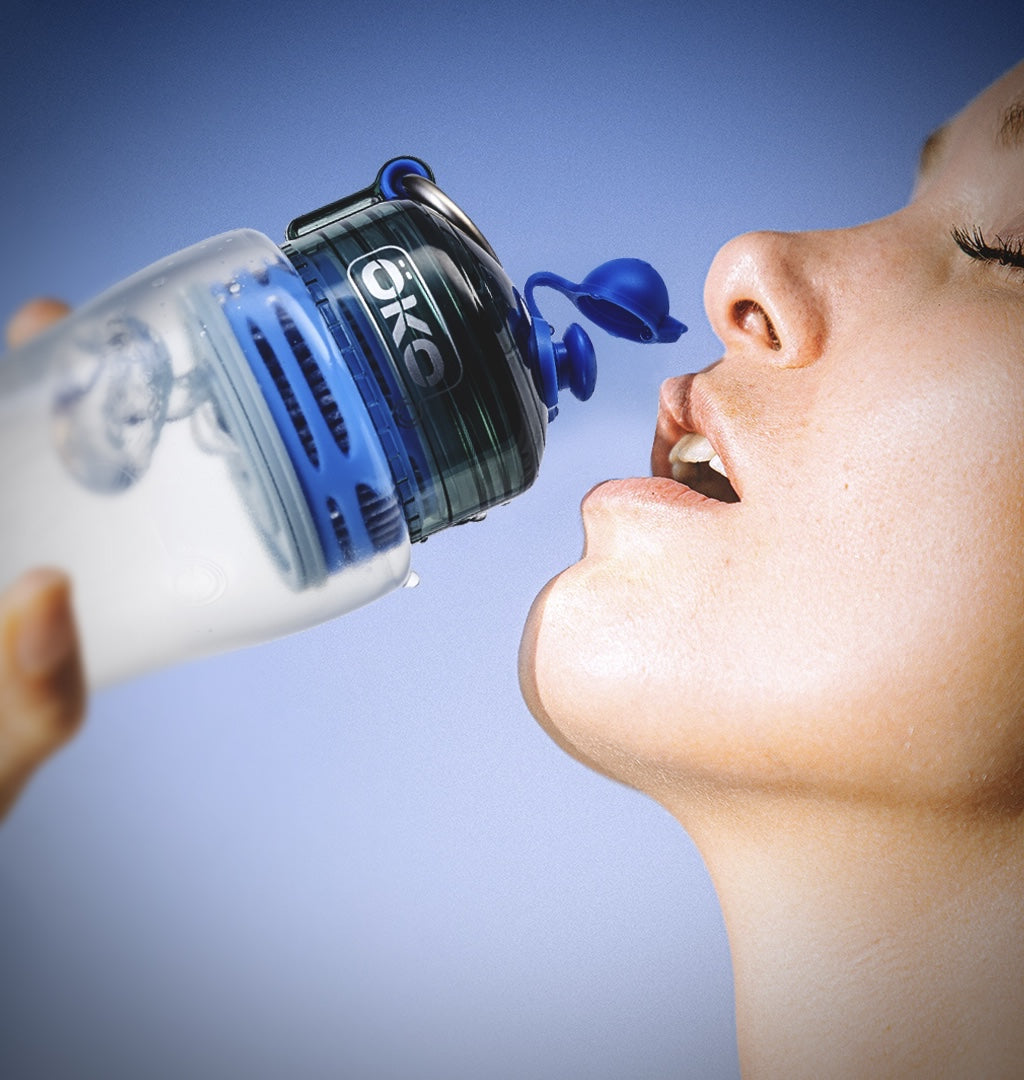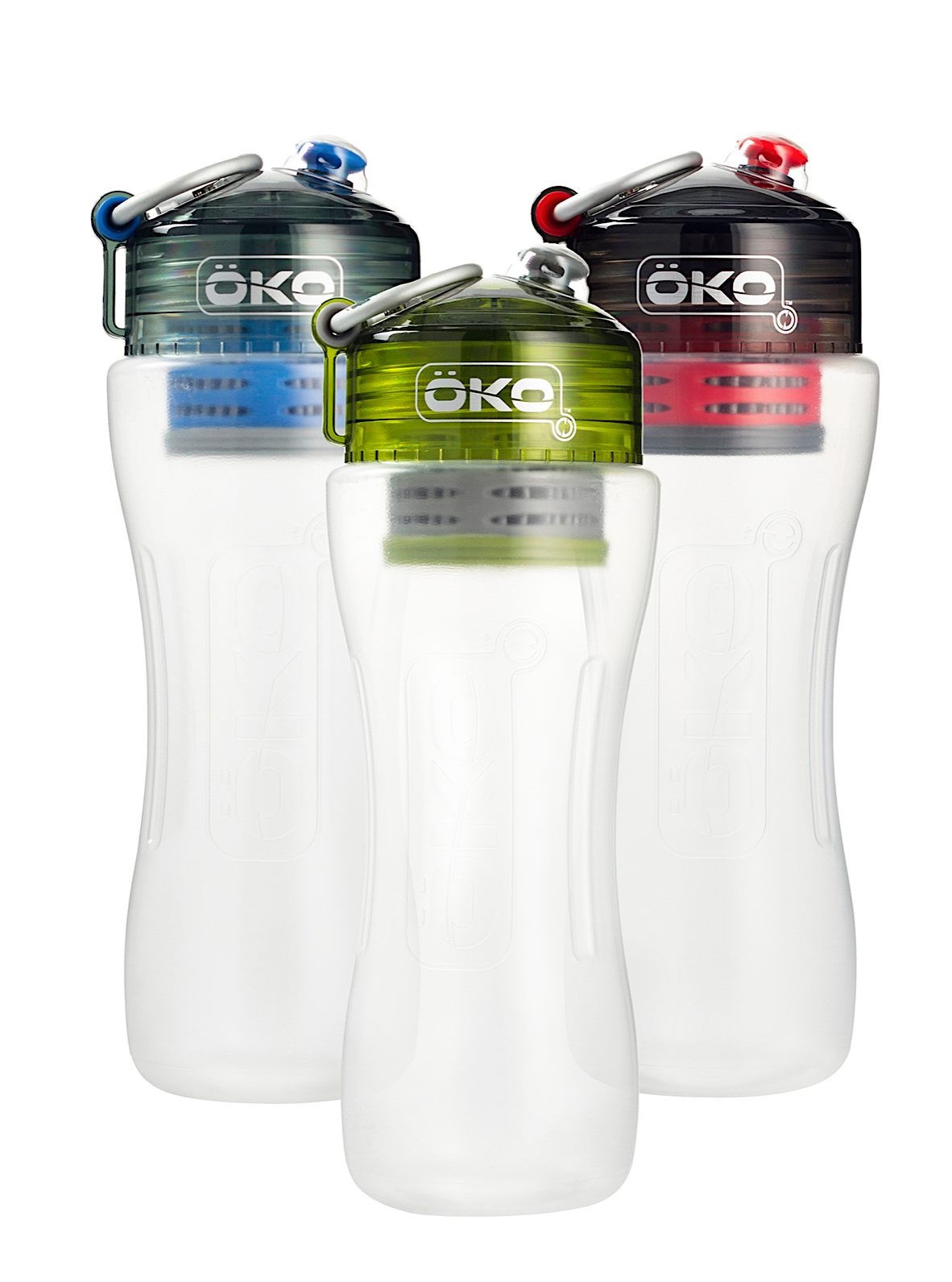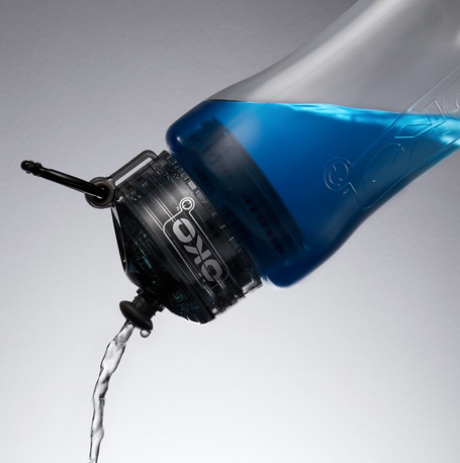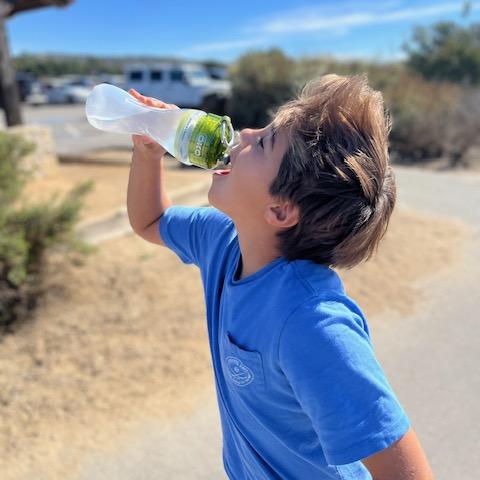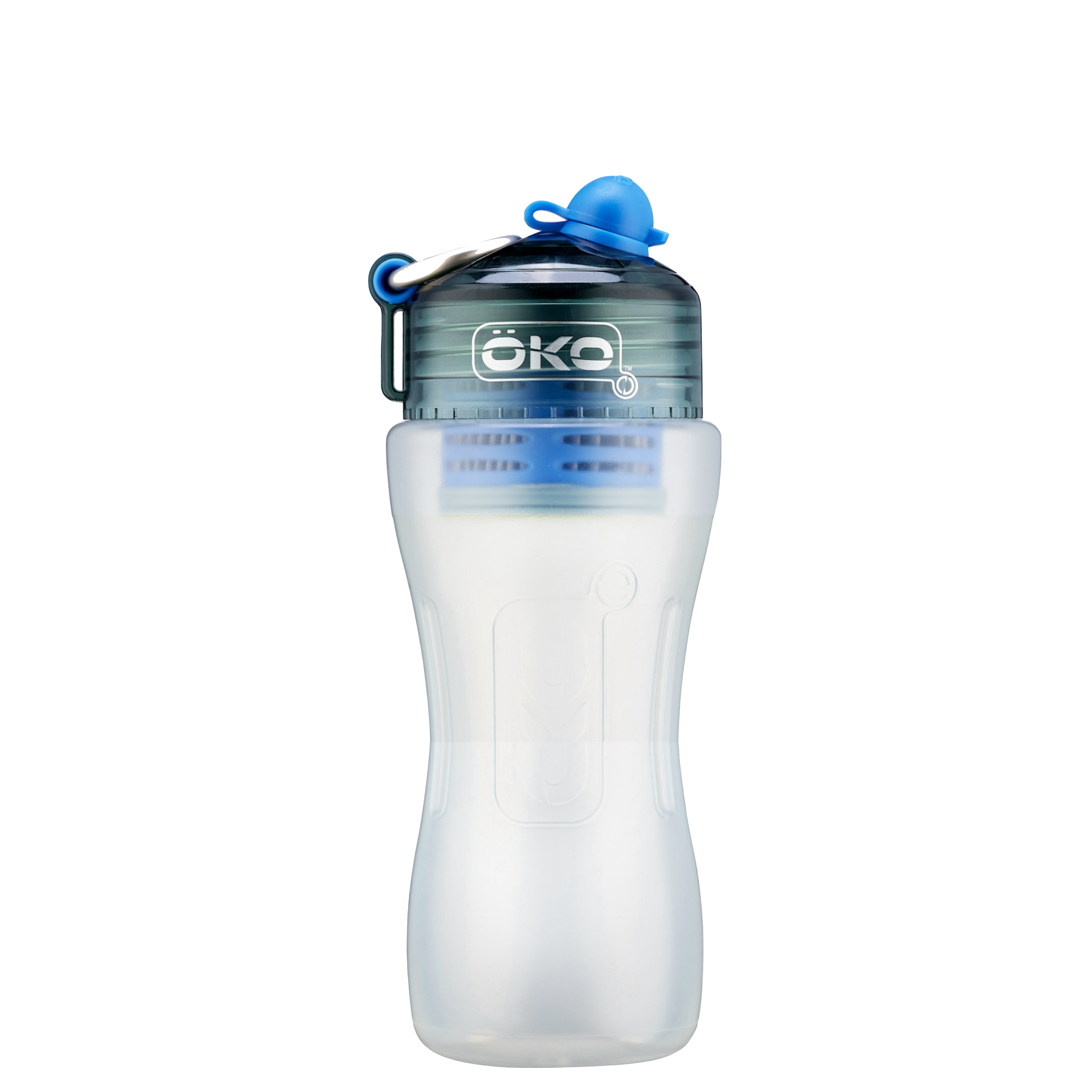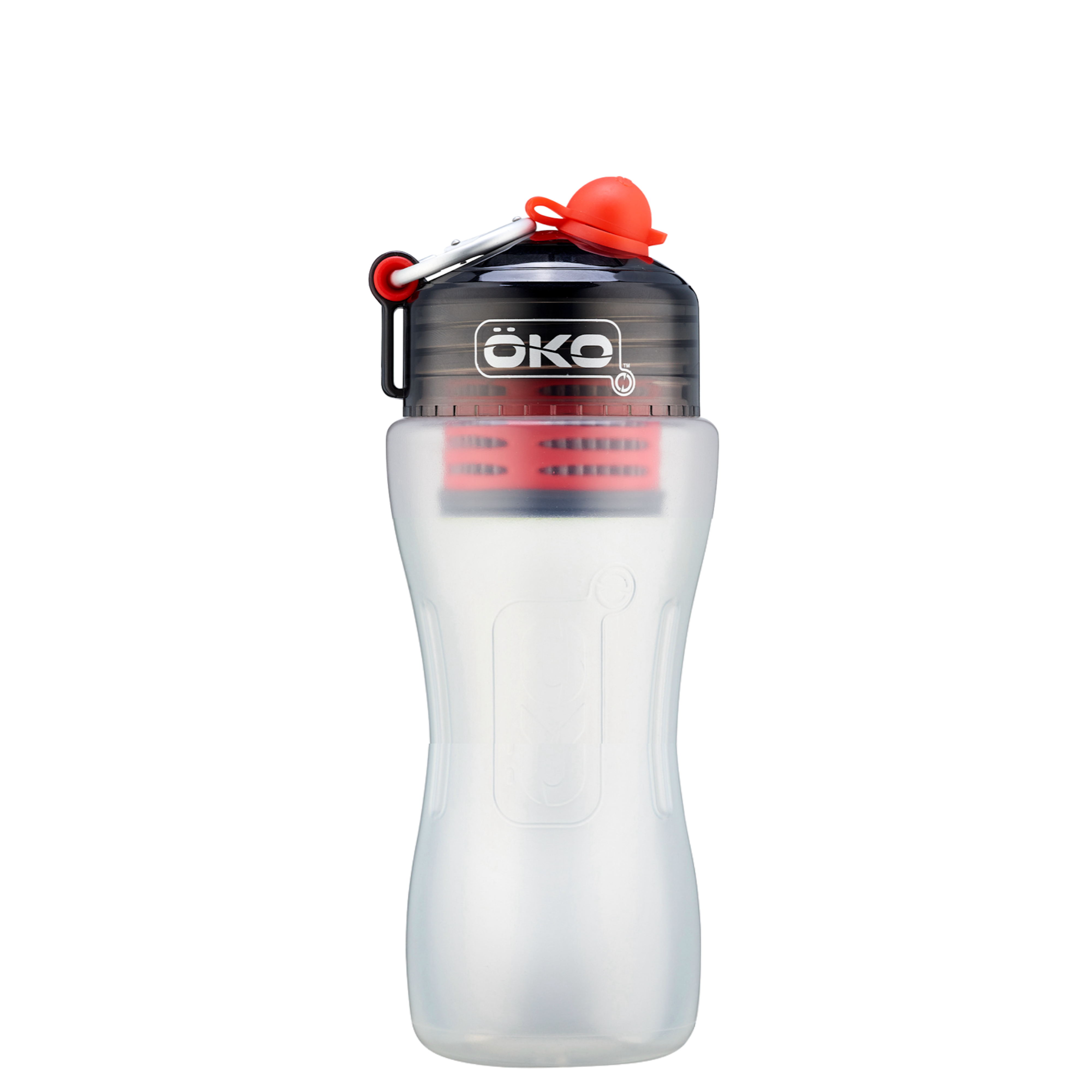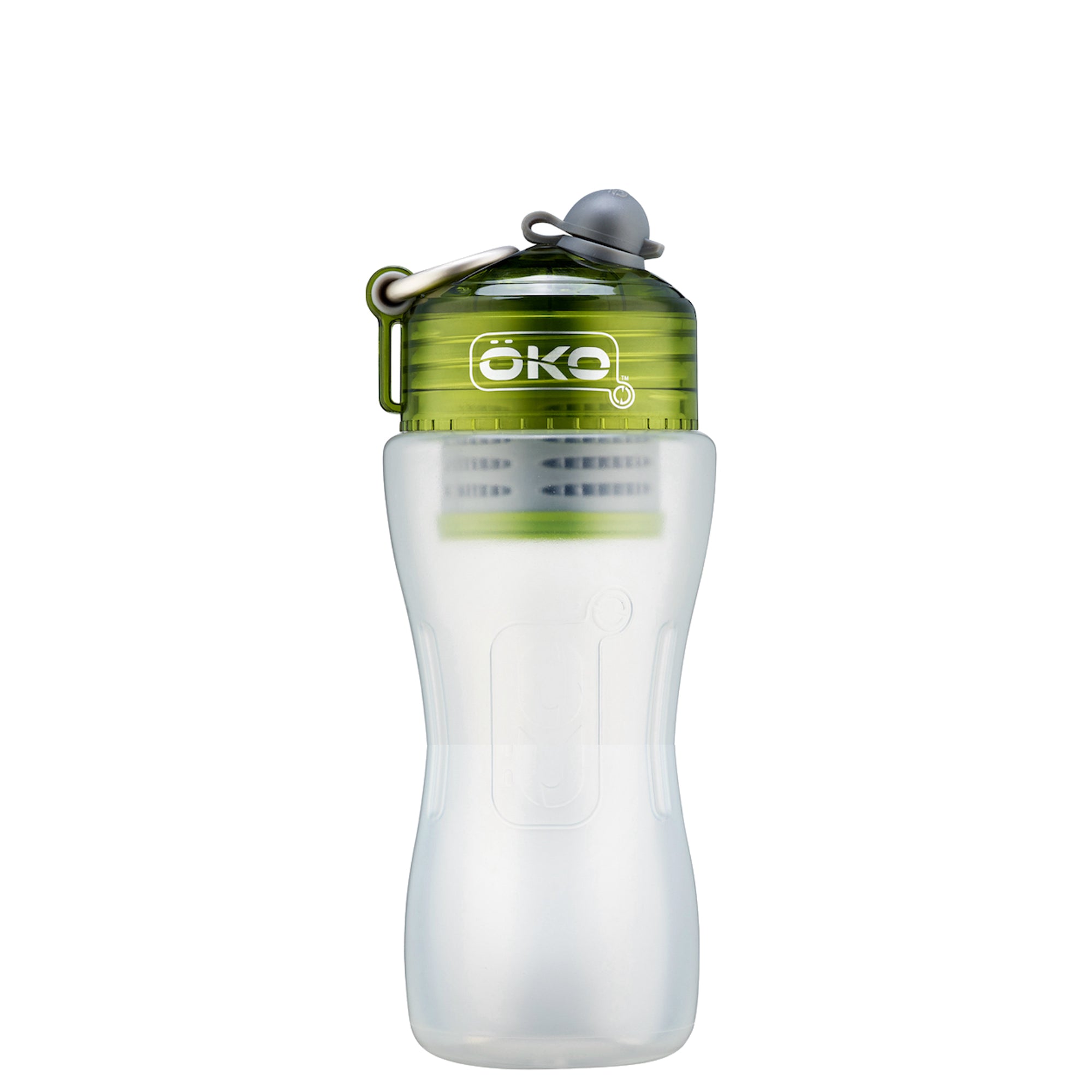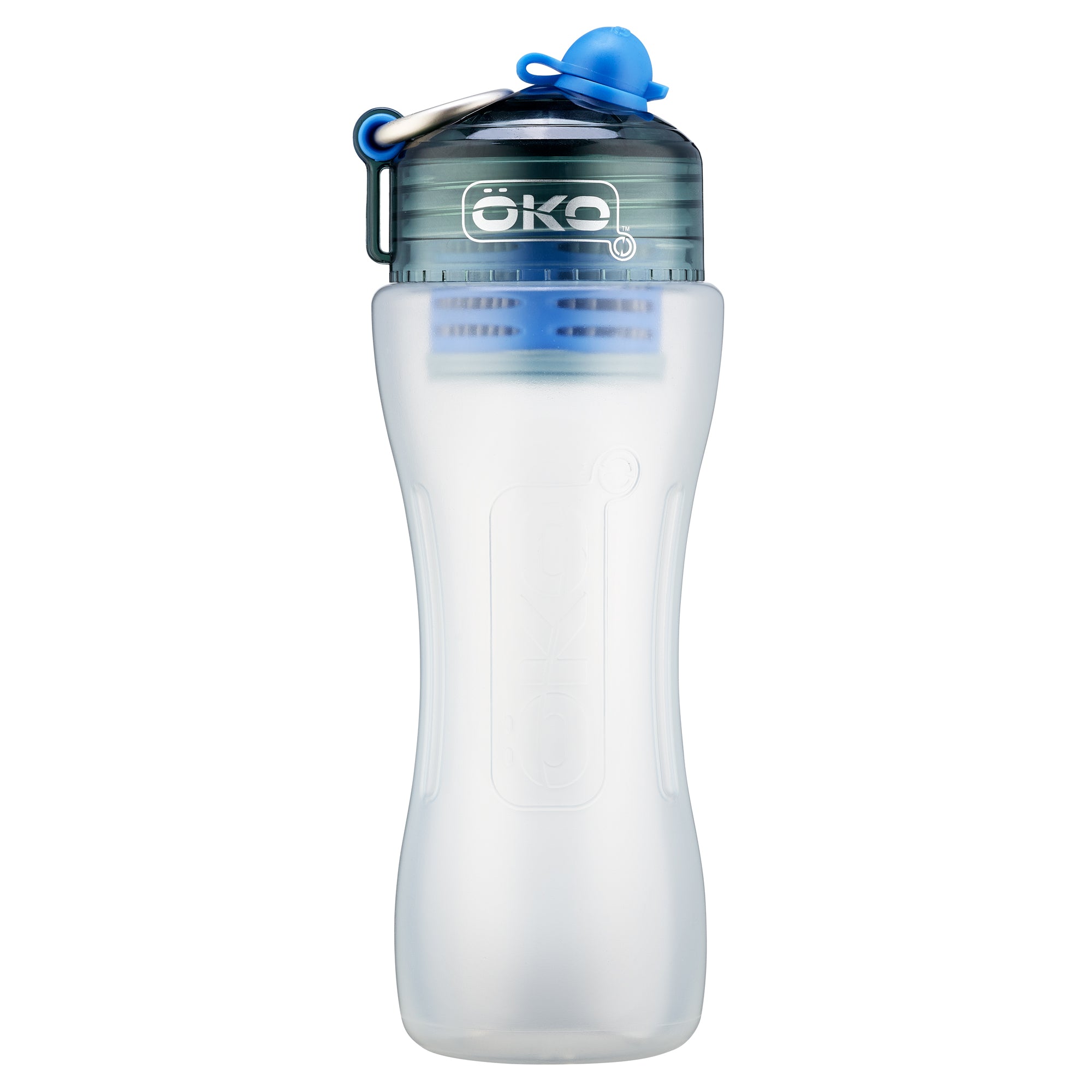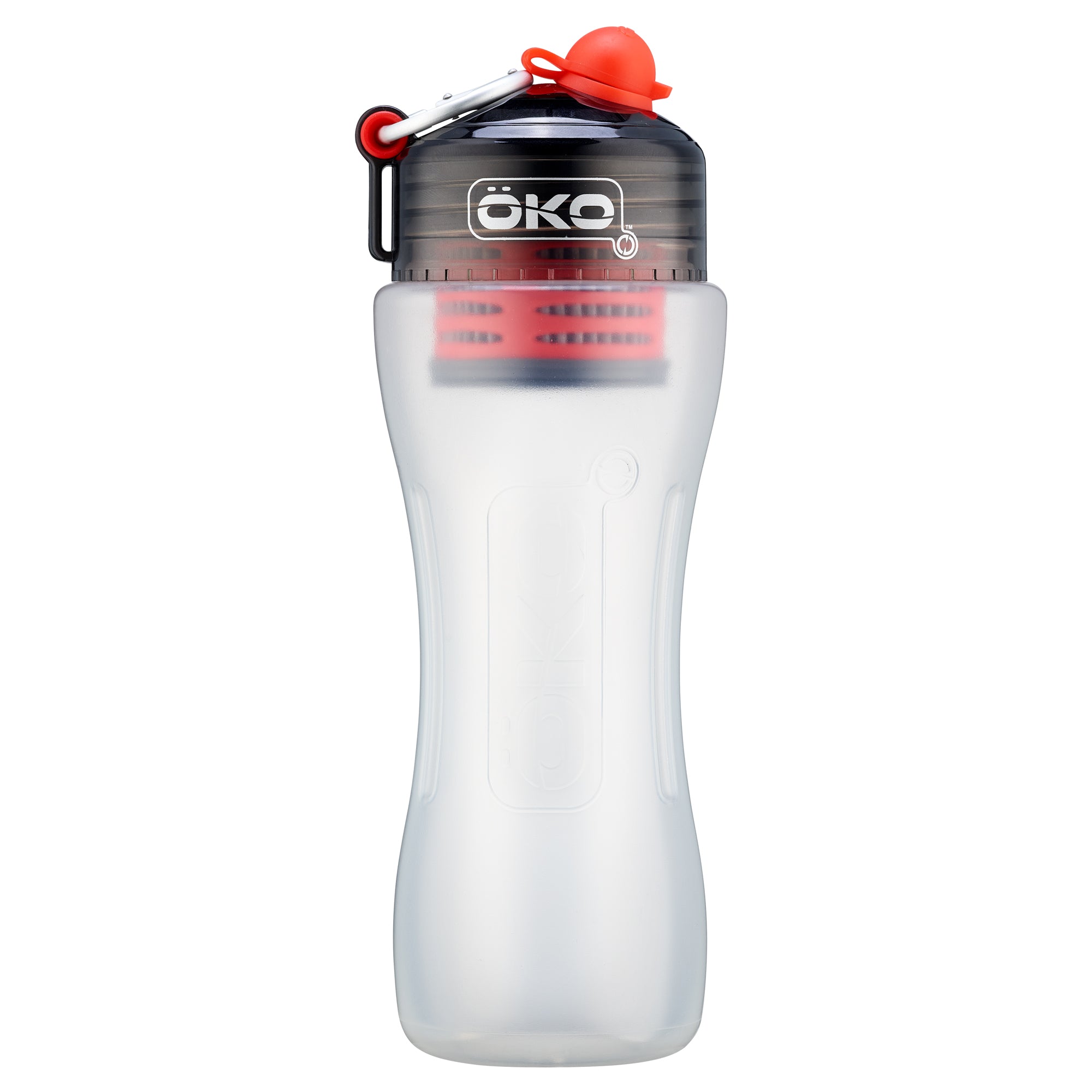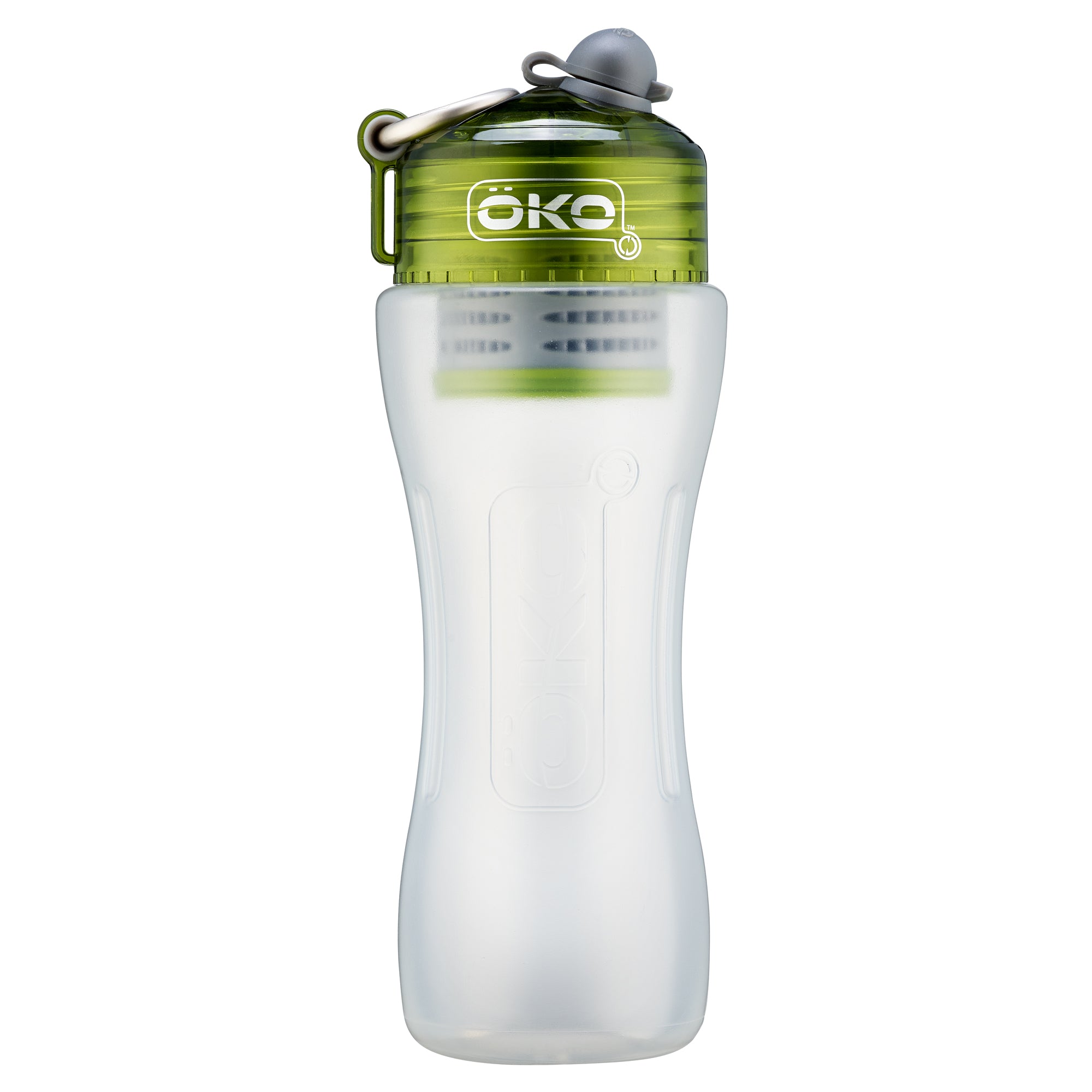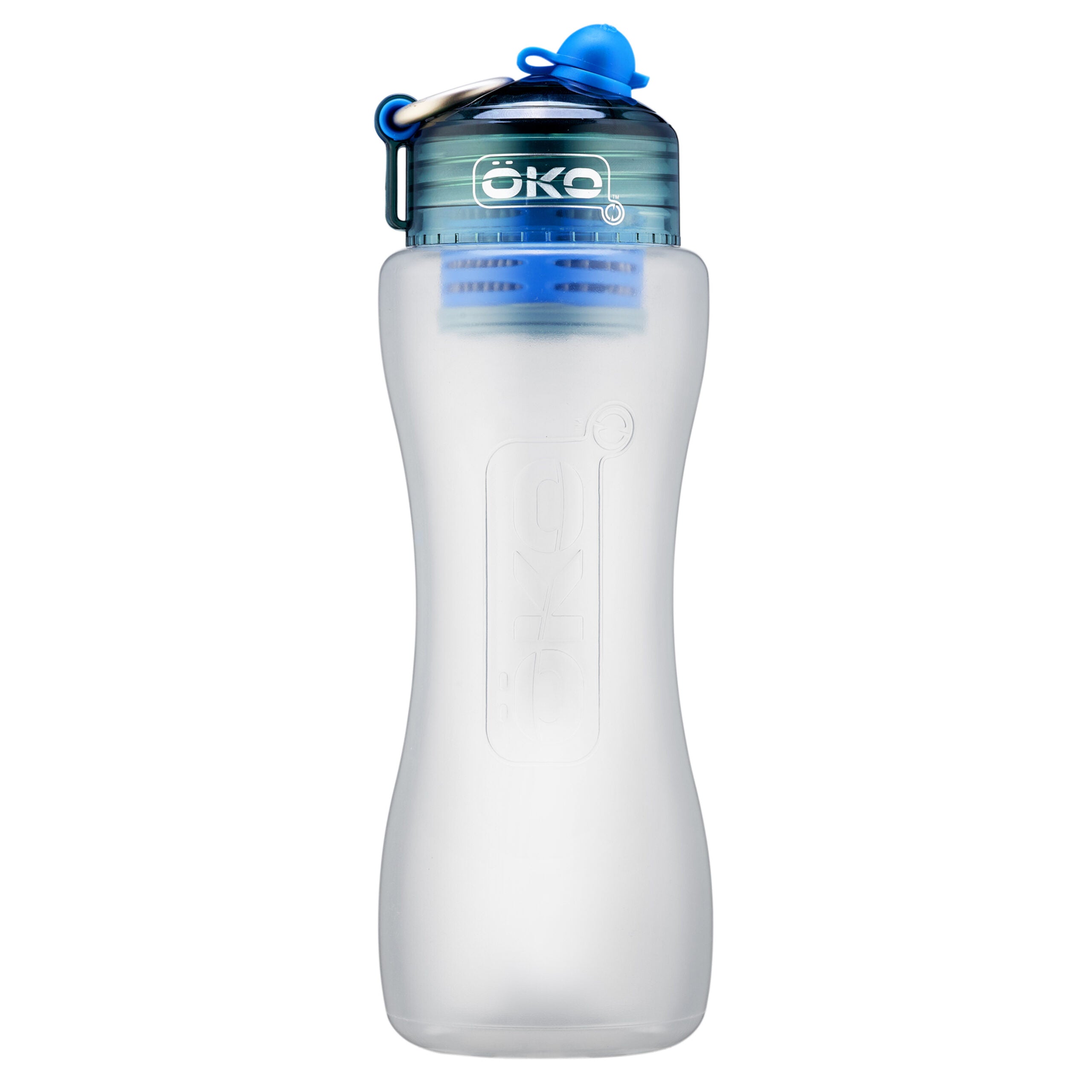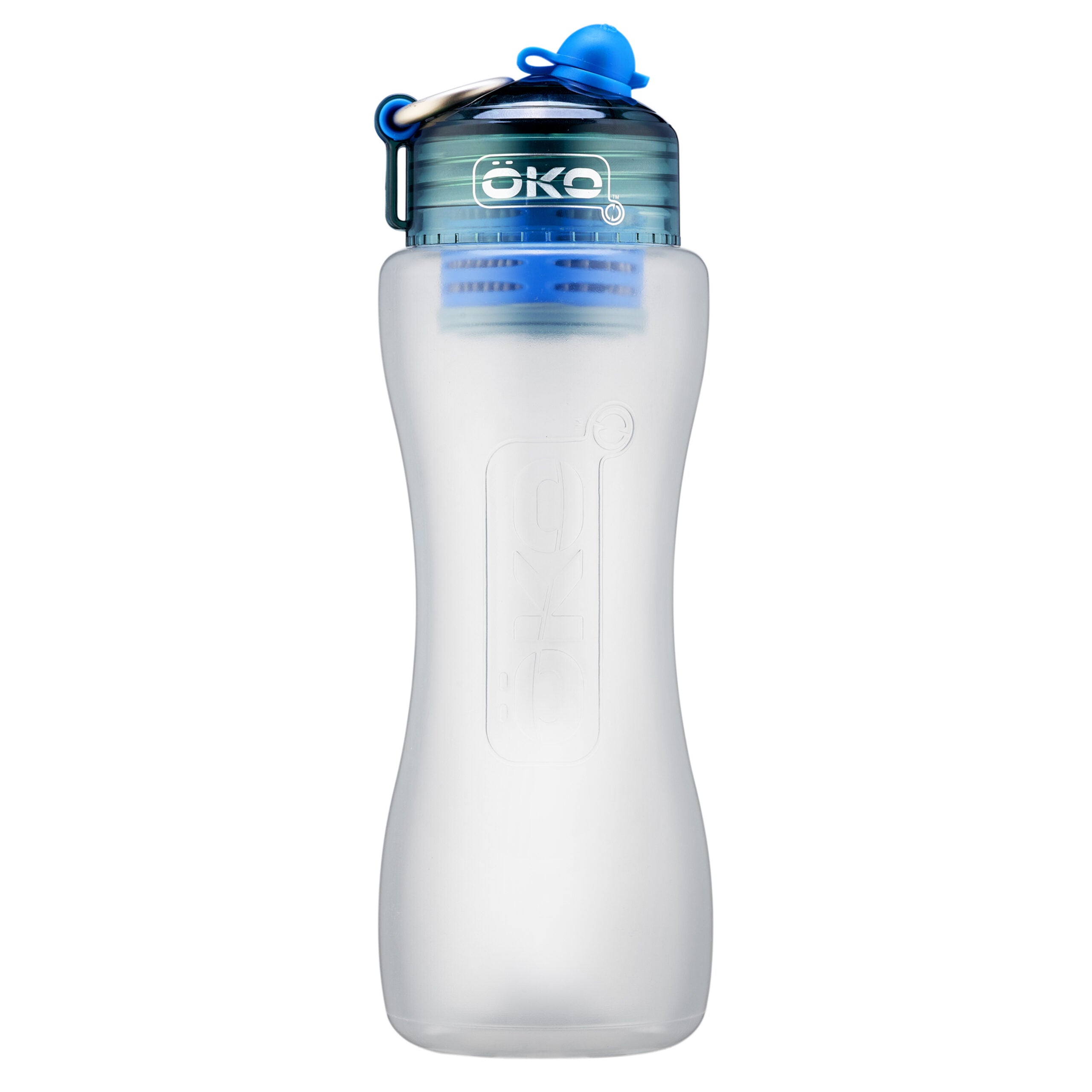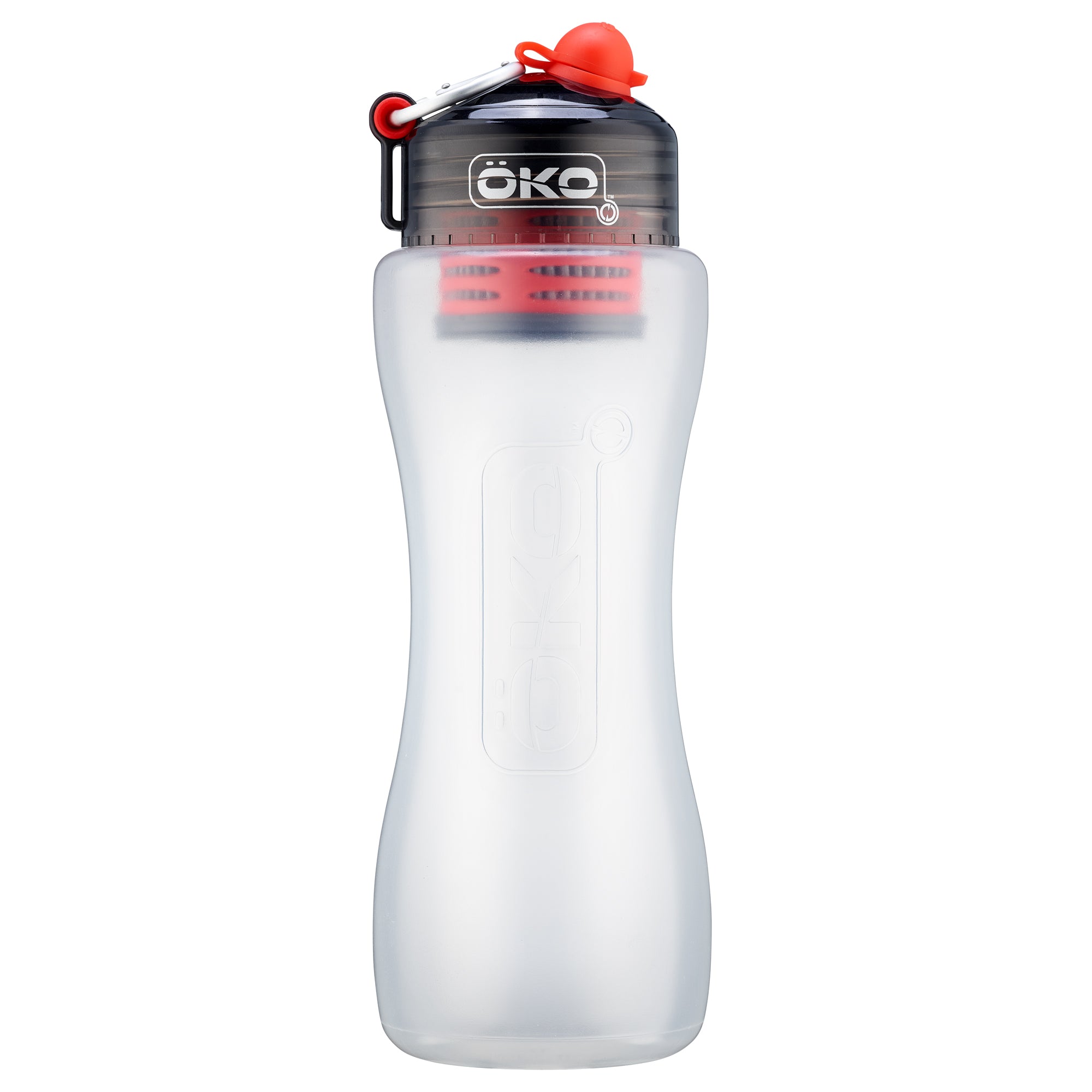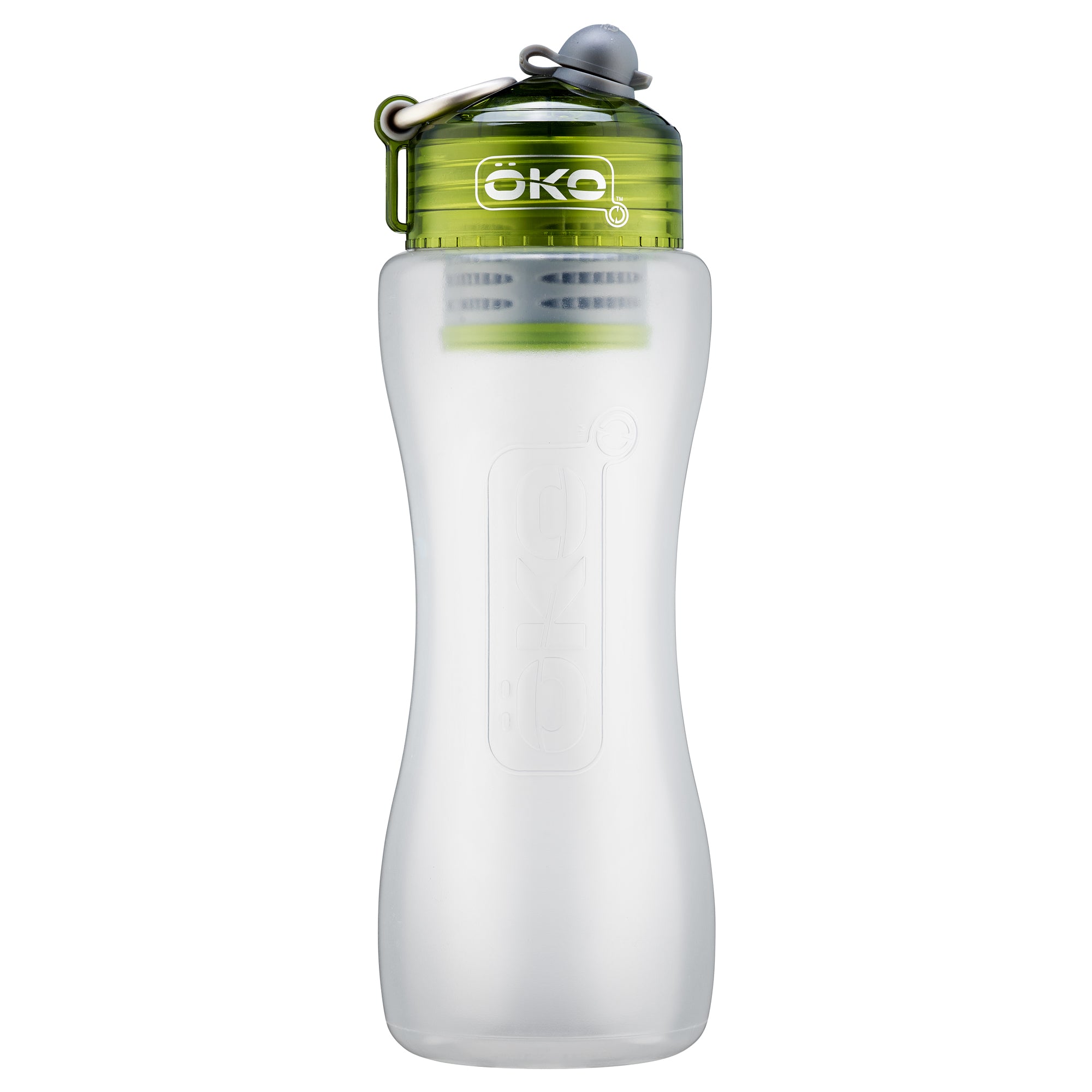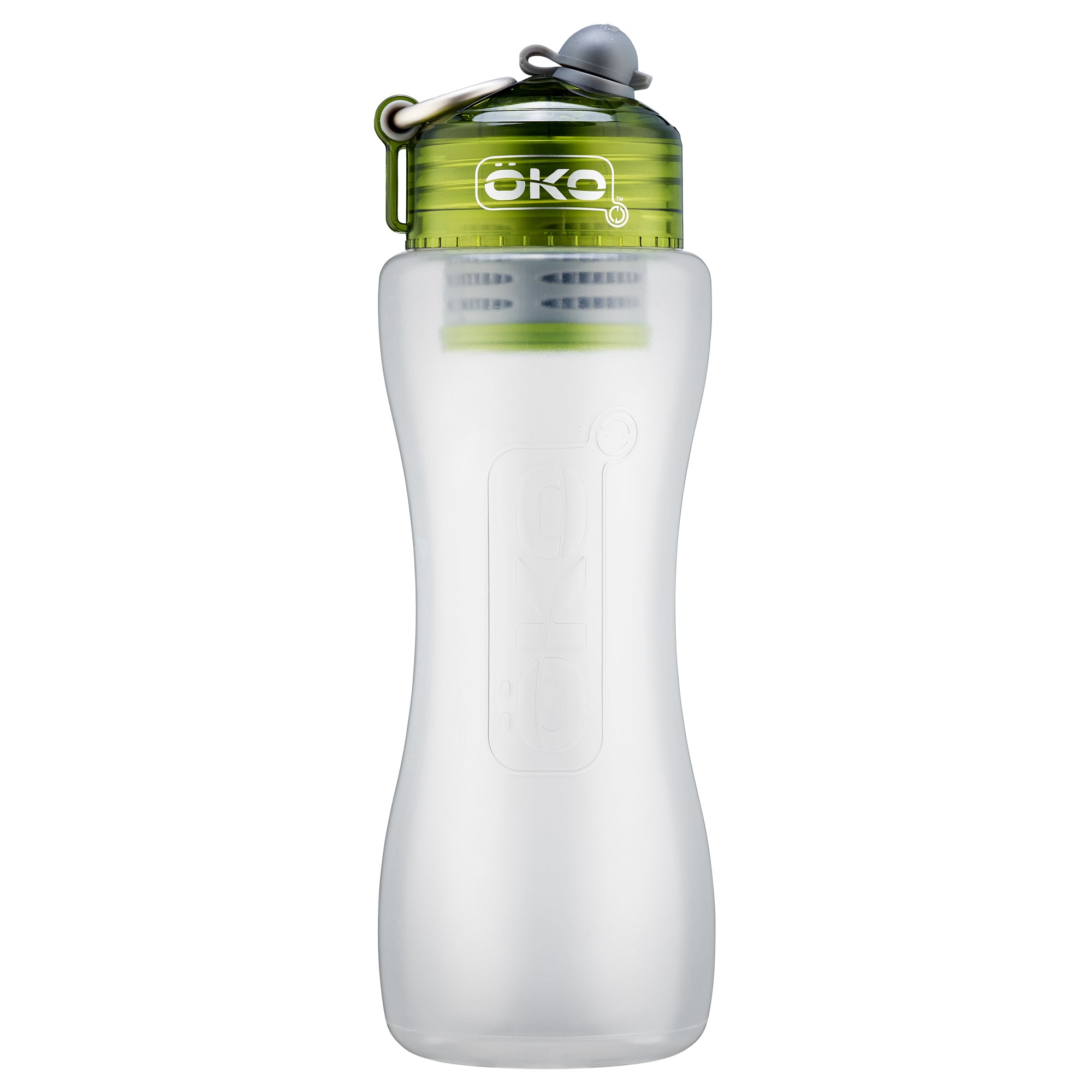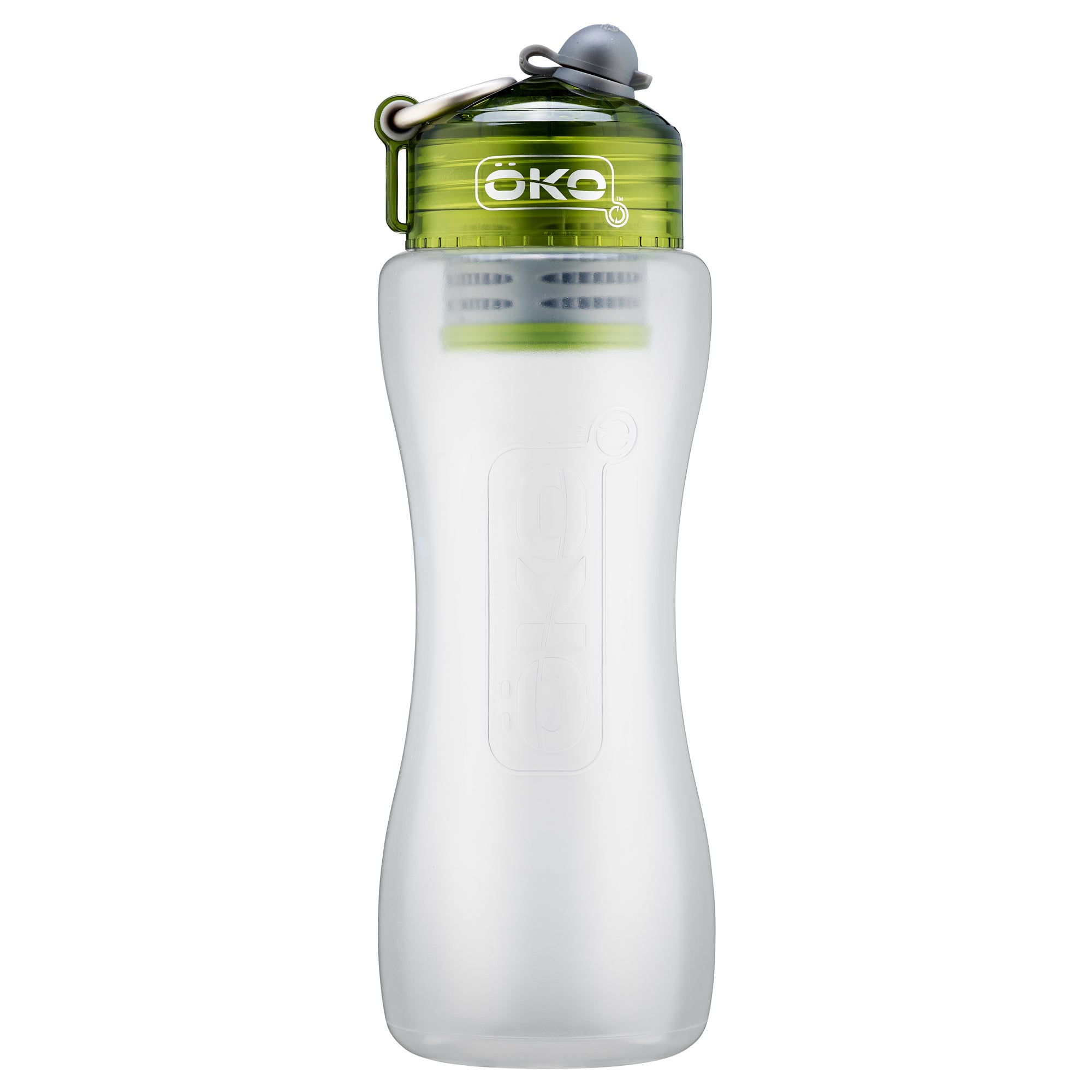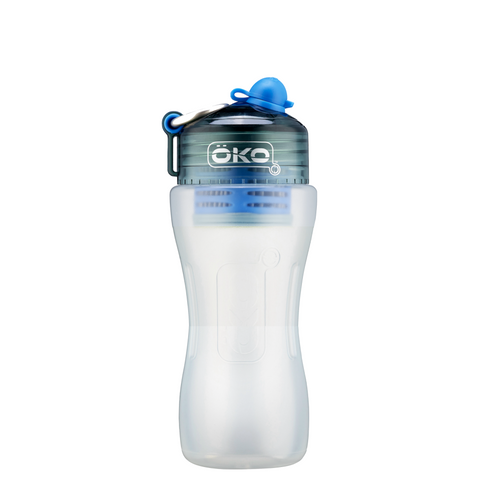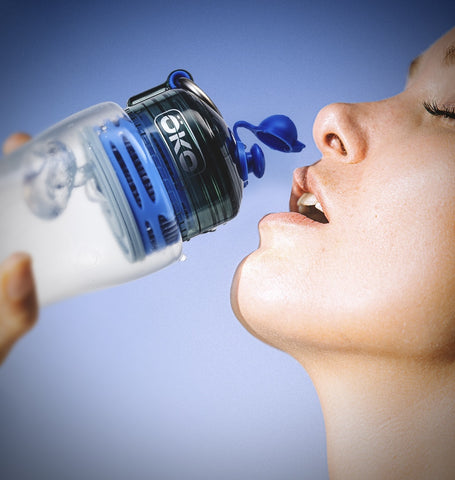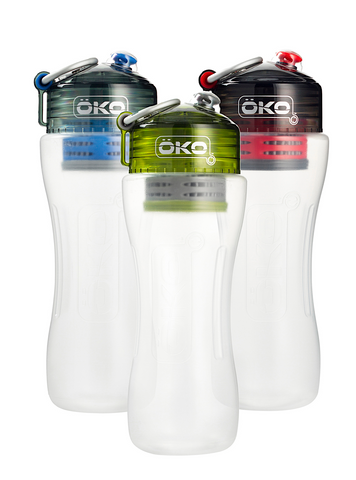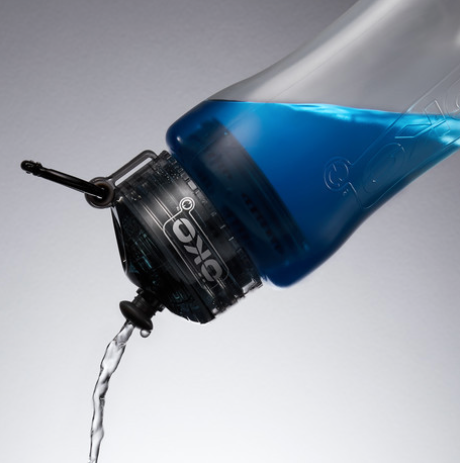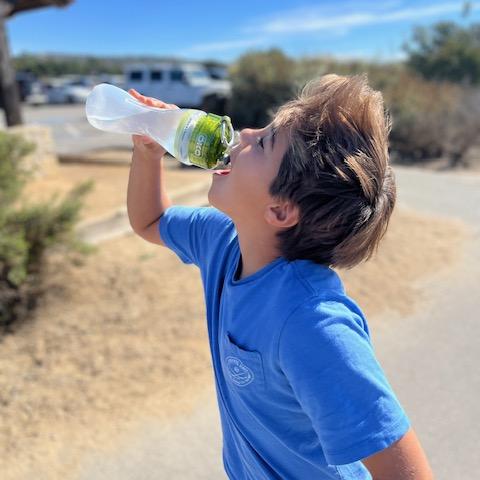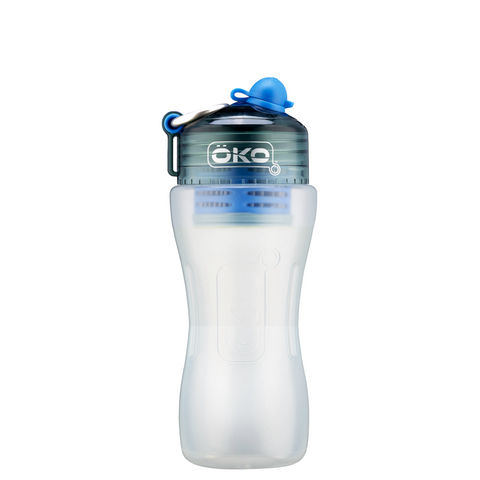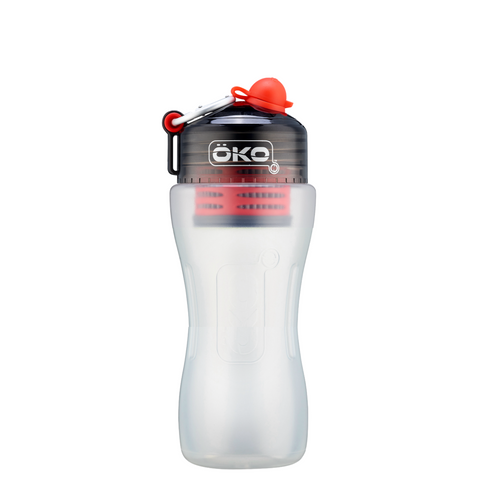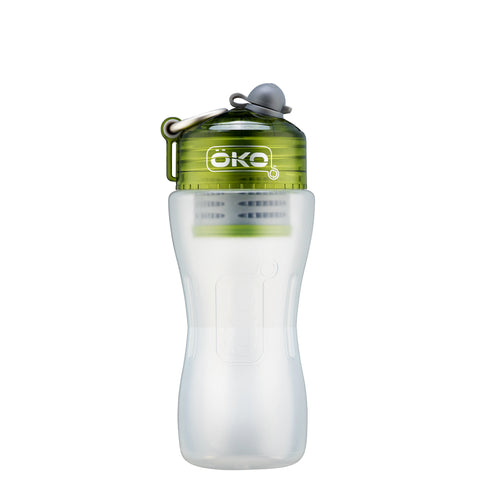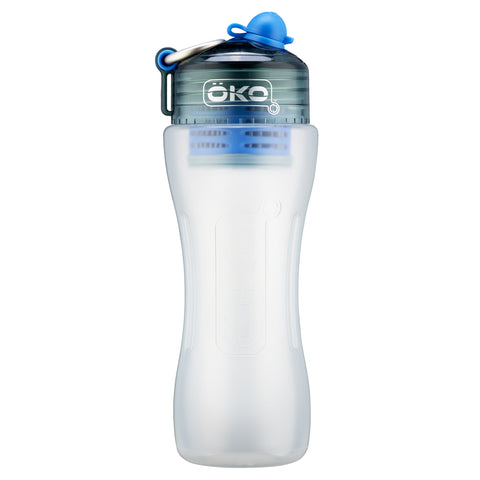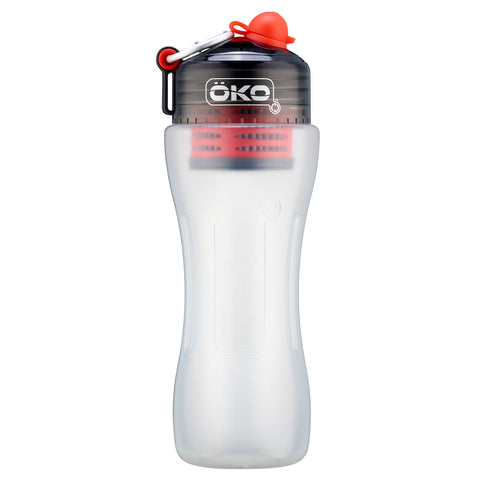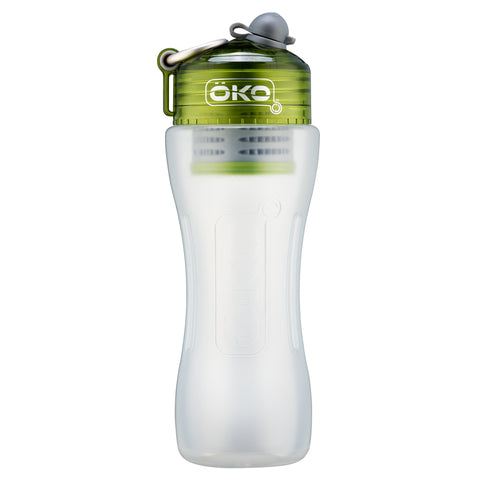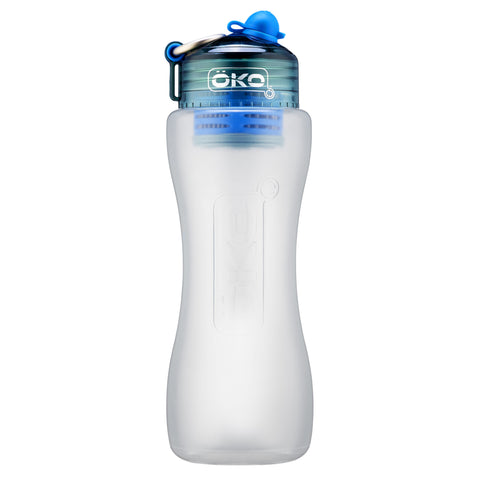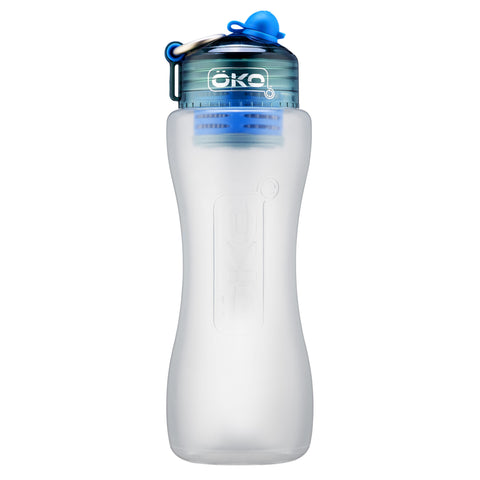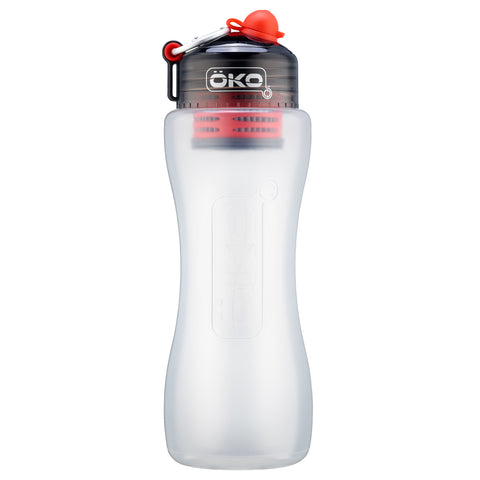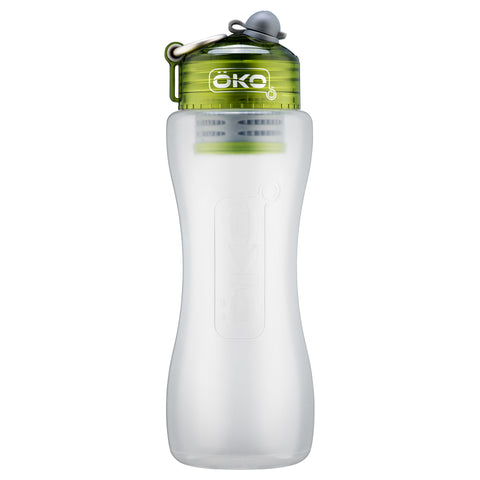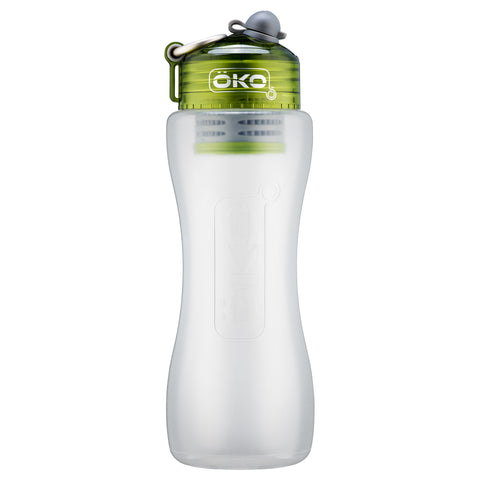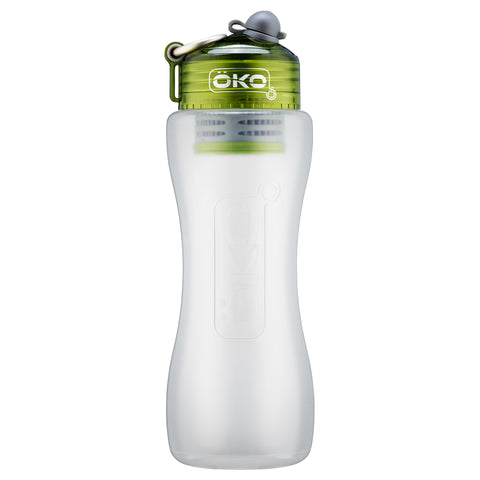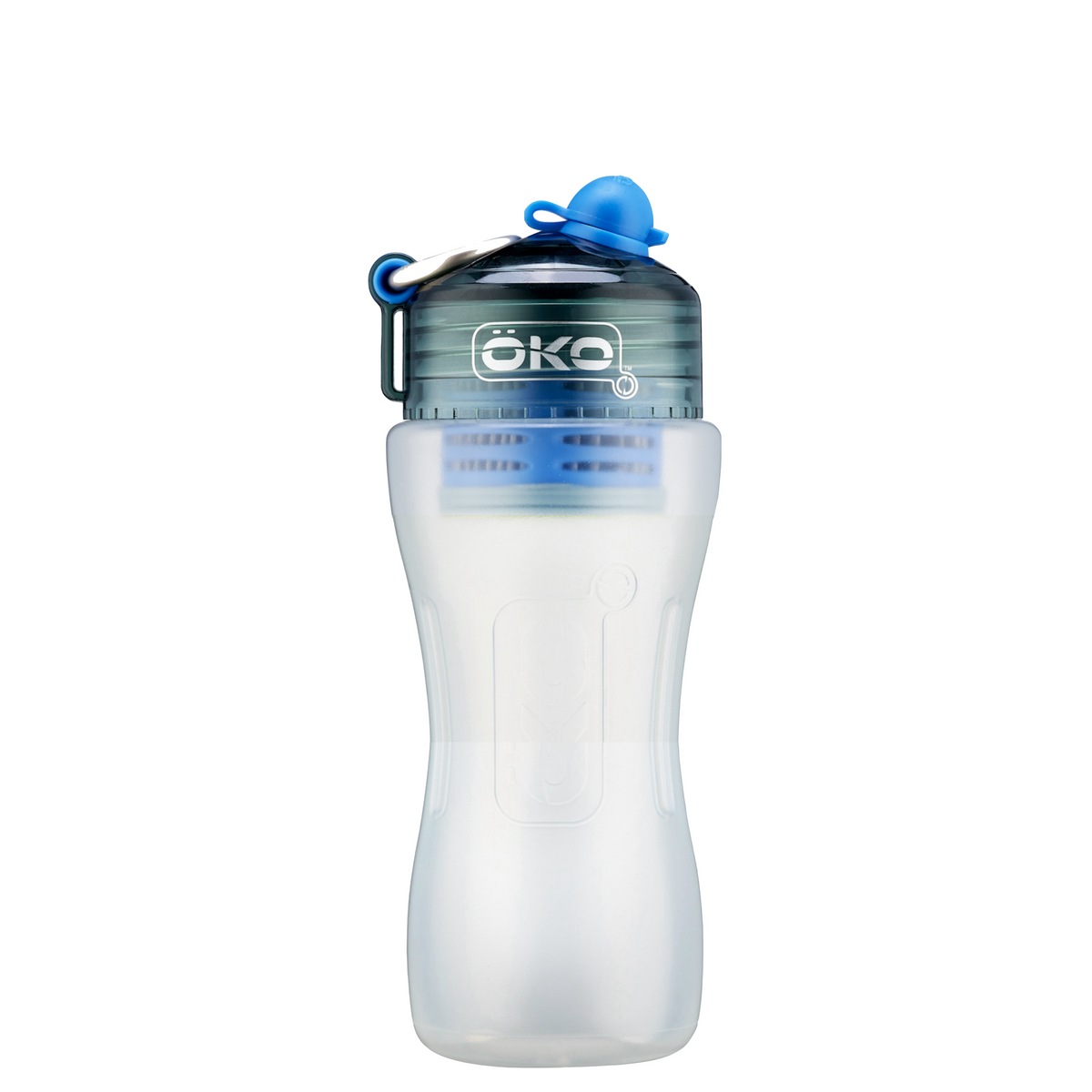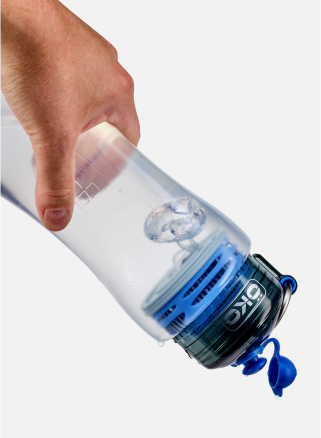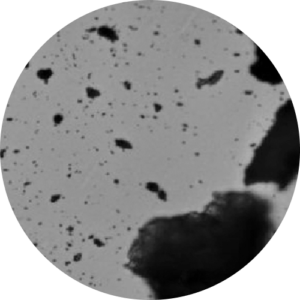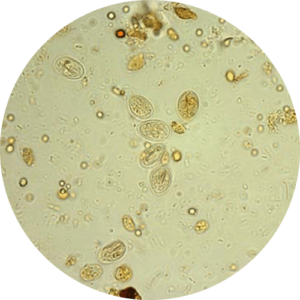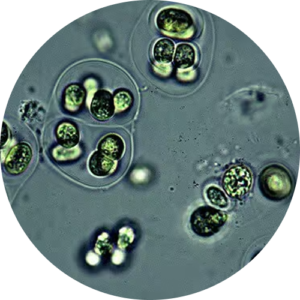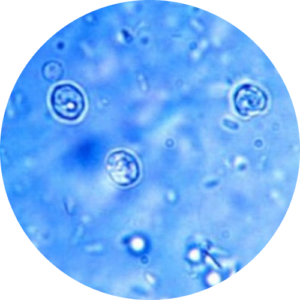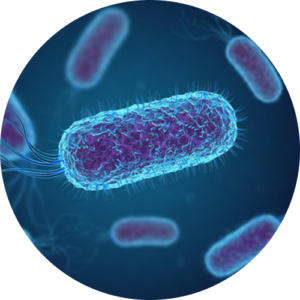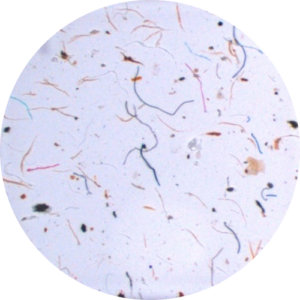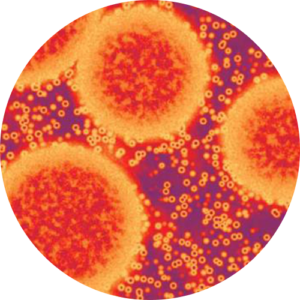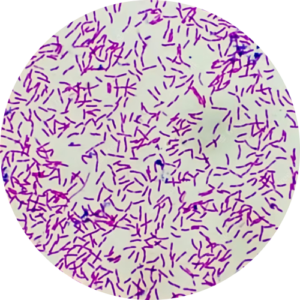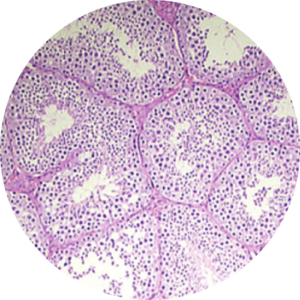ÖKO Original Filtration Bottle
- Regular price
- From $25.95
- Regular price
-
- Sale price
- From $25.95
- Unit price
- per
Sub Total: $25.95
Swiss engineered original filtration bottles with NASA’s electro-adsorptive technology filters. Use them everyday, while traveling or outdoors. Filter capacity: 100 gallons (380L).
Specifications
ÖKO 500ml : 17oz 8″ x 3″ x 3″
Weight : 130gr
ÖKO 650ml : 22oz 9″ x 3″ x 3″
Weight : 145gr
ÖKO 1000ml : 34oz 10″ x 3.5″ x 3.5″
Weight : 160gr
Not All Water Bottles Are Created Equal
Swiss engineered, our bottles and filters deliver pure water fast. They work by simply filling and squeezing the bottle as you would with any sport bottle. No chemicals, no hard pressing, and suction or straws. They are made of FDA complaint food grade materials which are odorless and do not emit chemicals in warm weather. They are also BPA and phthalate free, yet they are powerful enough to filter bacteria, pathogens, protozoa, some virus and a host of other contaminants from water sources all around the world. Our filter media, developed for NASA® is simply the state-of-the-art in water filtration. The soft squeezable bottle allows versatility in use with no excess pressure.
No Forced Pressing, No Suction, No Chemicals! Just Fill & Drink
It’s as simple as 1,2,3. Fill the bottle with water from the source you want to drink from, put on the cap equipped with the ÖKO Original Filter, squeeze gently and drink away. There is no suction straws, no pressing, no chemicals and no hassle. Enjoy fresh, pure water in seconds.
Let's Break This Down
Versatile…
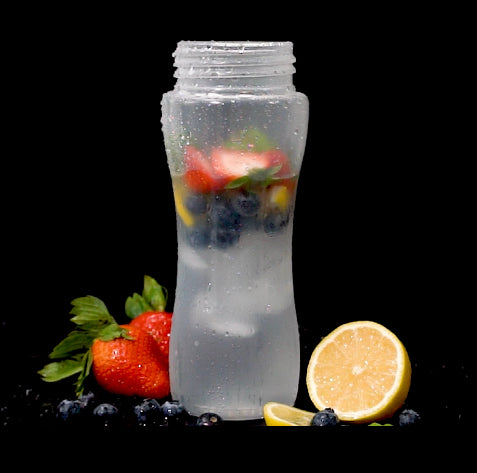
The bottles may also be used as infusers. Just remove the filter, fill with cold water and your favorite fruits, shake and drink.

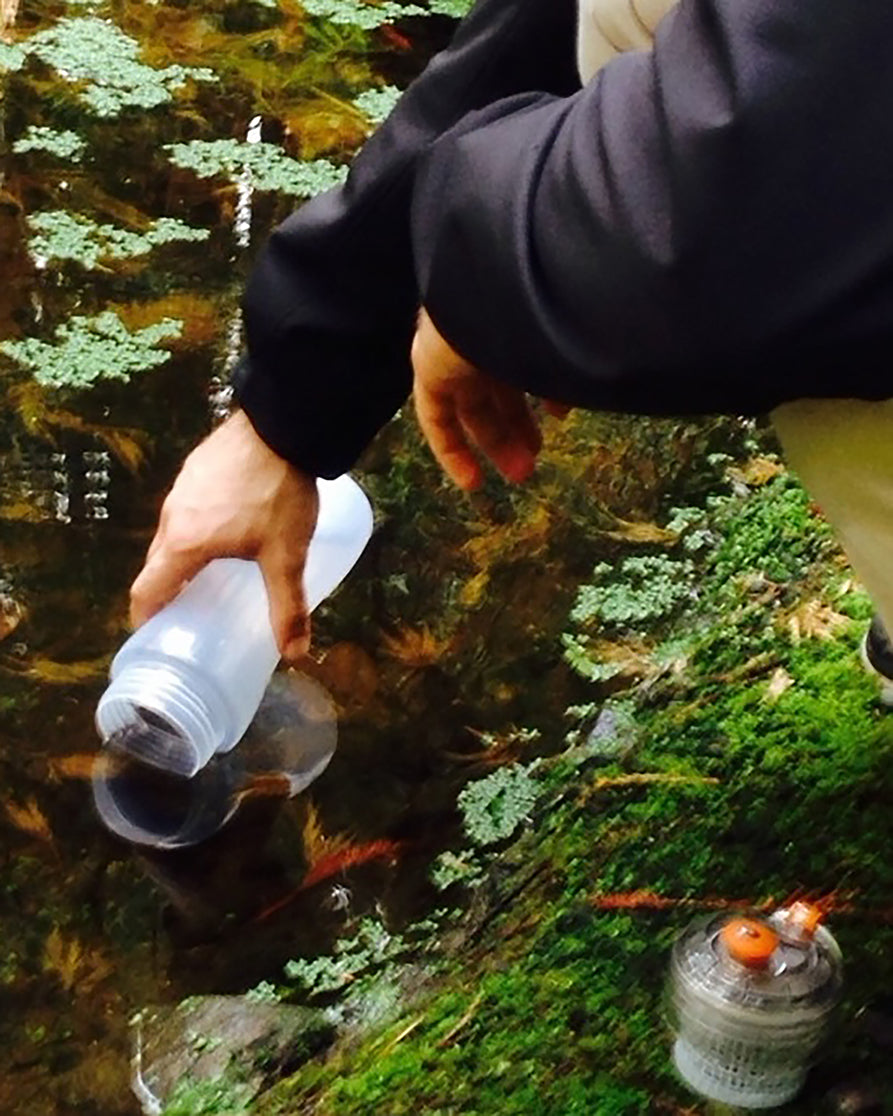

- Choosing a selection results in a full page refresh.


